The Newsagent 2014
oil on linen, 140 x 100 cm
[br]
During the 1940s and 1950s, in British cities, there were large, working class areas of smoke-blackened, brick terraces dating from Victorian times.
This drab, uniform environment was relieved by the presence of corner shops, pubs and newsagents. The latter provided a splash of colour in the form of magazines and comics with illustrated...
- Credit:
- All rights reserved. Exhibited on USEUM with the permission of the rights owner.
More from this artist...
Loading...
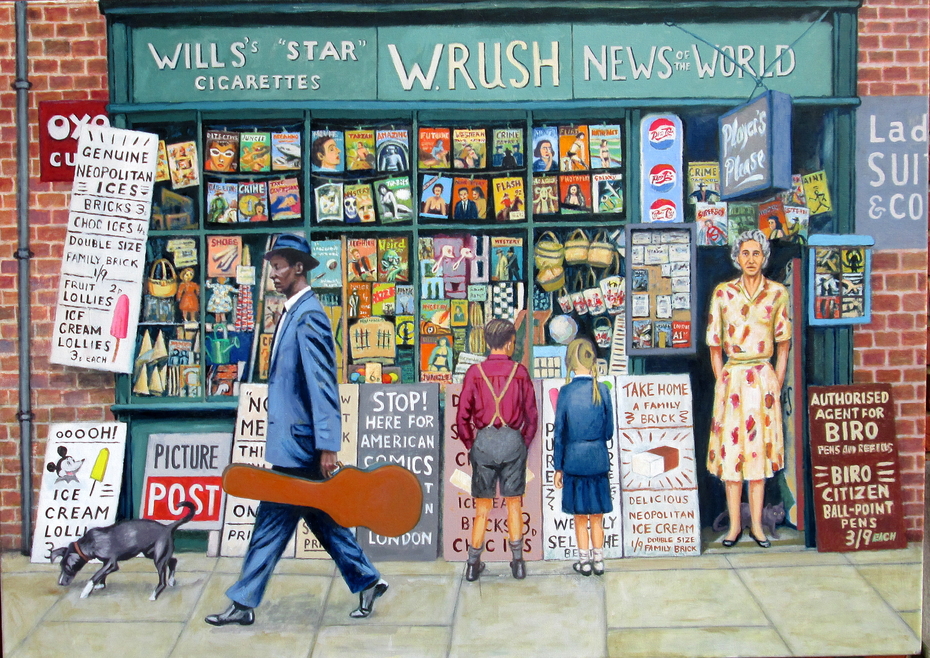

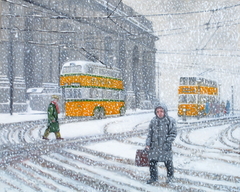
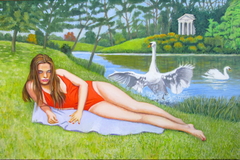

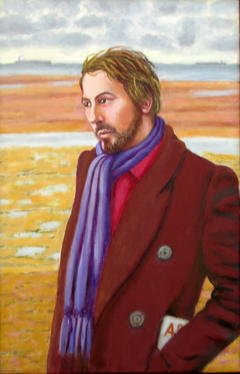
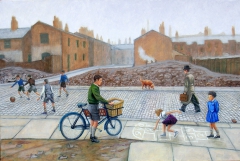
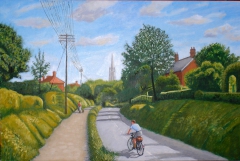
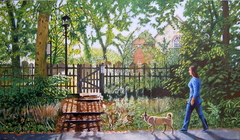
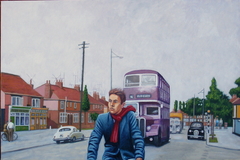
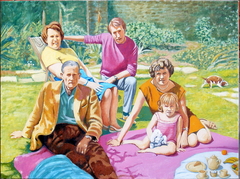
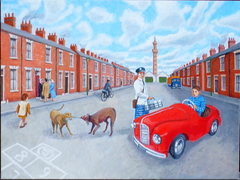
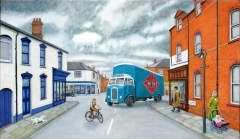
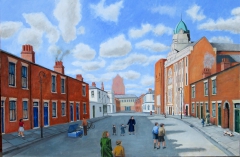
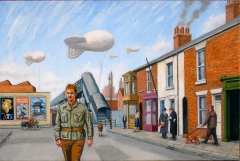
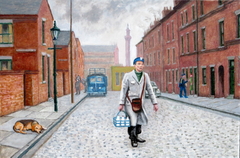
Discussion